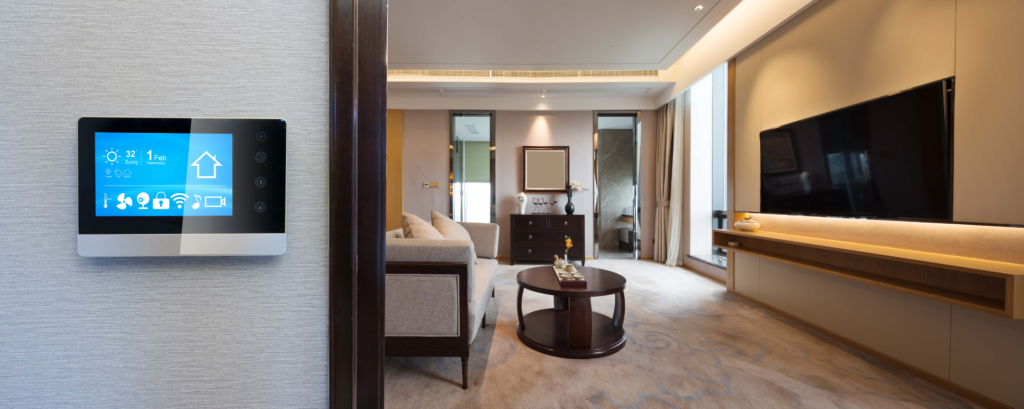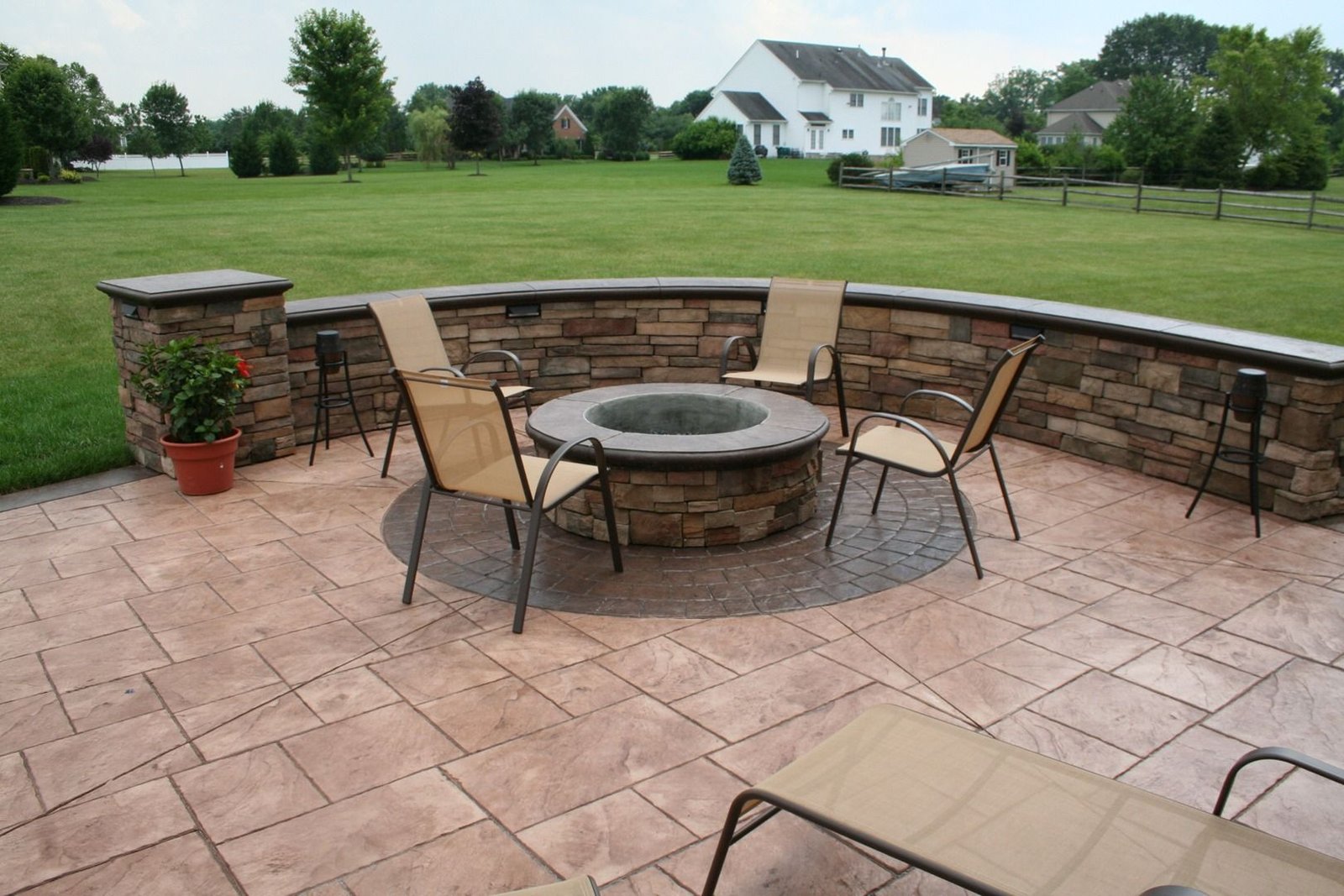In today’s digital world, smart homes automation is no longer a futuristic dream — it’s a rapidly growing reality. As homeowners seek greater convenience, efficiency, and security, integrating smart technology into homes has become a major trend. However, simply automating your home isn’t enough to stand out. To truly capture attention, you need thoughtful planning, cutting-edge technology, and innovative design.
Understanding Smart Home Automation
Smart homes automation involves the use of technology to control and manage household systems and appliances remotely or automatically. These systems typically include lighting, heating, security cameras, entertainment devices, and more. The goal is to create a connected environment where all devices communicate seamlessly, providing greater comfort, security, and energy efficiency.
Importance of Thoughtful Smart Home Design
When creating a smart home that gets attention, functionality and aesthetics must go hand in hand. Thoughtful design ensures that technology enhances daily living without overwhelming the space. A carefully crafted smart home not only works smoothly but also looks sleek and feels intuitive.
Innovative integration, personalization, and future-proofing should guide the design process to ensure that the home remains impressive and practical for years to come.
Planning Your Smart Homes Automation System
Proper planning is the foundation of an outstanding smart homes automation. It starts with understanding your unique needs, lifestyle, and the potential of available technologies.
- Identify Priorities: Determine which aspects of your home life you want to automate. Security, entertainment, energy management, and convenience are common focus areas.
- Set a Budget: Define a realistic budget that includes equipment, installation, maintenance, and future upgrades.
- Choose the Right Ecosystem: Decide whether you want a centralized system like Apple HomeKit, Google Home, or Amazon Alexa, ensuring all devices are compatible.
- Consider Scalability: Plan for future expansions so that new devices can be added easily without system conflicts.
Selecting Cutting-Edge Smart Home Devices
To create a smart home that grabs attention, invest in top-performing devices known for innovation and reliability. Some key categories include:
Smart Lighting
Dynamic lighting systems that adjust based on occupancy, time of day, or mood can dramatically enhance a home’s ambiance. Look for features like color-changing bulbs, motion sensors, and voice-activated controls.
Smart Security Systems
A comprehensive security system with smart locks, doorbell cameras, indoor/outdoor surveillance, and alarm integrations ensures safety while showcasing technological sophistication.
Smart Thermostats
Devices like the Nest Learning Thermostat offer intuitive temperature control, learning your preferences over time to optimize comfort and energy savings.
Home Entertainment Systems
Voice-activated smart TVs, whole-house audio systems, and media servers can transform your entertainment experience.
Smart Kitchen Appliances
From refrigerators that monitor groceries to ovens you can control from your smartphone, smart kitchens are both impressive and practical.
Creating a Seamless User Experience
An outstanding smart home isn’t just about having the latest gadgets — it’s about creating a cohesive and intuitive experience.
- Centralized Control: Implement a single app or voice assistant that controls all devices to avoid confusion.
- Automations and Routines: Set up automated routines, such as “Good Morning” scenes that open blinds, adjust lighting, and play music.
- Voice Integration: Ensure that your home responds naturally to voice commands, making interaction easy and natural.
- User-Friendly Interfaces: Choose systems that offer clear and intuitive control panels or apps.
Ensuring Reliable Connectivity
Smart devices rely on strong, uninterrupted Wi-Fi and network connections to function properly. Inadequate connectivity can lead to frustration and system failure.
- Upgrade Your Router: Invest in a high-performance router capable of handling multiple connected devices.
- Mesh Networks: Consider a mesh network to eliminate dead zones and maintain consistent coverage throughout the home.
- Network Security: Protect your home network with strong passwords, firewalls, and regular updates to prevent hacking.
Integrating Smart Home Technology with Interior Design
A smart home should blend technology seamlessly into its design rather than making it obtrusive.
- Hidden Technology: Use built-in speakers, hidden wiring, and recessed devices to maintain clean lines and minimalist aesthetics.
- Customizable Elements: Choose devices that match your decor, such as light switches and thermostats available in various styles and colors.
- Elegant Display Solutions: Integrate screens and control panels into walls, countertops, or furniture to keep spaces visually appealing.
Prioritizing Sustainability in Smart Home Automation
Eco-friendly features not only attract attention but also contribute to a healthier environment.
- Energy Monitoring: Install smart meters and plugs that track energy usage and suggest optimizations.
- Automated Lighting and HVAC: Systems that adjust lighting and temperature based on occupancy can significantly reduce energy waste.
- Solar Integration: Some smart homes incorporate solar panels with battery storage and smart distribution systems.
Enhancing Security and Privacy
As smart homes become more connected, security and privacy must be prioritized.
- Secure Devices: Choose reputable brands that provide strong encryption and regular firmware updates.
- Two-Factor Authentication: Enable two-factor authentication on your smart home accounts.
- Data Management: Understand what data is being collected by your devices and opt out of unnecessary data sharing whenever possible.
Future-Proofing Your Smart Home
Technology evolves rapidly. Building a future-ready smart home ensures your investment remains valuable and relevant.
- Modular Systems: Choose systems that allow easy addition or upgrading of devices.
- Standards Compatibility: Ensure that devices support emerging standards like Matter, the universal smart home standard.
- Regular Updates: Keep systems updated with the latest firmware and software improvements.
Common Mistakes to Avoid in Smart Home Automation
Even with the best intentions, certain mistakes can undermine the effectiveness of a smart home.
- Overcomplicating the System: Too many apps and platforms can confuse users. Keep it simple.
- Neglecting Professional Installation: Poor installation can lead to performance issues. Consider hiring certified professionals.
- Ignoring Device Compatibility: Mixing incompatible devices can lead to operational problems.
- Forgetting Backup Power Solutions: Have a plan for power outages to keep critical systems running.
The Role of Smart Assistants in Home Automation
Smart assistants like Alexa, Google Assistant, and Siri play a central role in managing home automation.
- Voice Commands: Simplify everyday tasks like turning off lights, setting alarms, or playing music.
- Routine Scheduling: Create customized schedules based on your daily habits.
- Integration with Services: Link to external services like food delivery, news updates, or ride-sharing for added convenience.

Showcasing Your Smart Home
After creating a smart home that captures attention, showcasing it effectively adds to its appeal.
- Virtual Tours: Use online platforms to offer virtual tours demonstrating automation features.
- Social Media Sharing: Share photos and videos of your smart home setups on Instagram, YouTube, and TikTok.
- Hosting Demonstration Events: Invite friends, family, or potential buyers (if selling) to experience the automation firsthand.
Conclusion
Creating smart home automation that gets attention requires more than just purchasing trendy gadgets. It demands careful planning, thoughtful integration, and a focus on user experience, design, and future scalability. By investing in quality systems, ensuring seamless connectivity, blending technology with design, and prioritizing sustainability and security, you can build a smart home that truly stands out.
Ready to transform your home into a smart, connected, and inspiring space? Start planning today and make your smart home the talk of the town!
For more insightful articles related to this topic, feel free to visit – techners












Leave a Reply